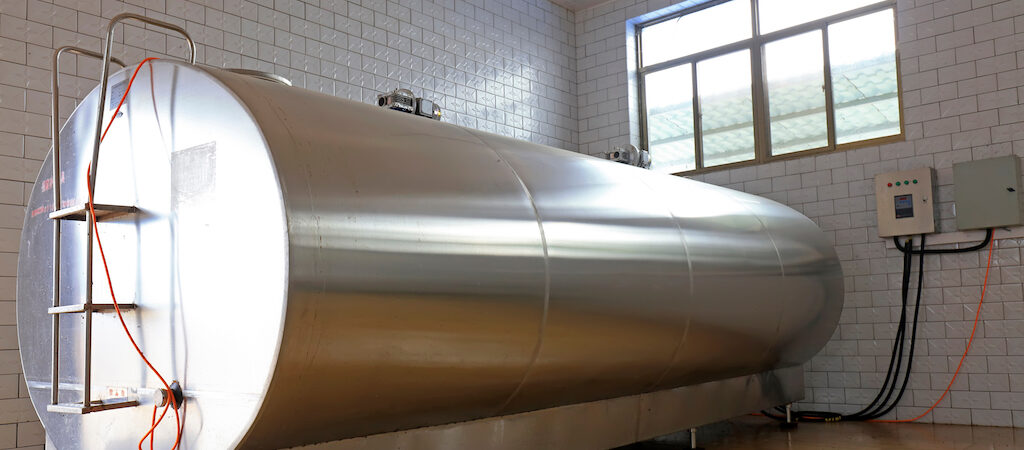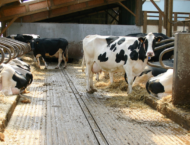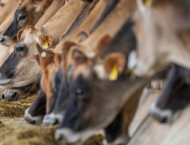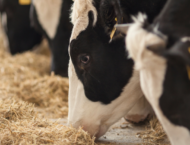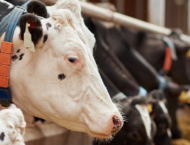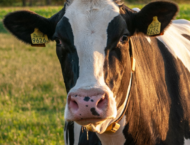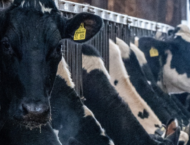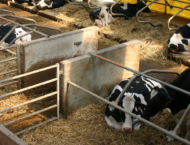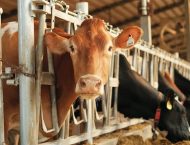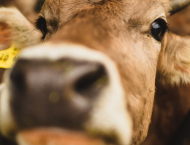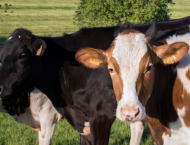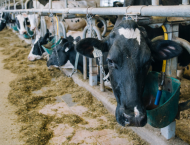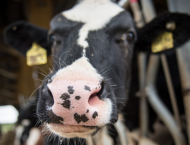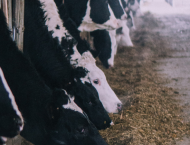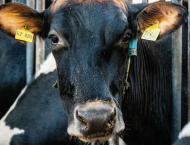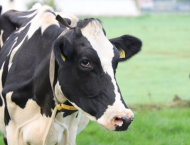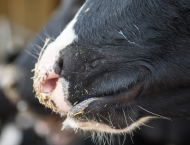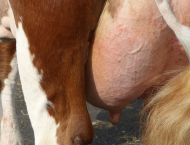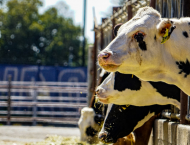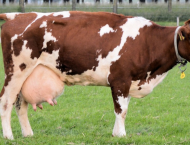When our milking system is not automatic, early detection of signs of mastitis strongly depends on the ability of the milker to recognize any specific signal at cow, udder and milk level.
This is something we should deeply focus on since it would allow us to intervene promptly with the right tools. Depending also on other factors, inefficient identification of these signs would potentially lead to clinical cases.
We are all aware of the importance of good management and prevention, and early detecting mastitis is clearly included in the effective preventive strategies to set up on dairy farms.
In this article, we will focus on signs shown by the cow at milk level, in particular how milkers can recognize them and what these signs tell them.
Alterations in milk reflect the unbalance condition of the intra-mammary tissue. The different forms of mastitis show specific signs at all observable levels – cow, udder, milk.
We will not see visible changes in milk but an increase in its somatic cell count (SCC) for subclinical cases. When dealing with chronic mastitis, milk shows mild changes (e.g., wateriness). At the very early stage of mild cases, we find a few flakes or clots, while in clinical cases clots are clearly observable. When clinical mastitis gets acute the milk is abnormal, both in colour and in clots and/or blood. Finally, in case of severe clinical cases the milk may initially look normal, while the cow is sick, but soon it becomes abnormal (wateriness, blood stained).
Foremilk stripping is a key step for a good milking routine. It allows the milker to get a faster milking through the natural release of oxytocin, to avoid initial overmilking and to early detect signs of mastitis, from mild to severe.
All the efforts put to detect these signs at foremilk stripping are worth it, even when we deal with large herds. We will have less somatic cells in the tank and reduce the risk of chronic infections, along with the proper intervention.
Let’s stress it out again: the opportunity to get the problem solved lies in the ability of the milker to early recognize these signals and read them correctly.
When the milker finds a few small flecks in the first three squirts of milk from a quarter, technical advice would suggest to leave it untreated and check the quarter at the next milking. If the condition worsens, think over milk culturing to look for pathogens and verify the individual cow SCC history.
This will help to confirm whether an antibiotic treatment is needed or not. As we already discussed, 85% of mastitis cases is from mild to moderate and milk cultures suggest the cow does not need antibiotic treatment. The cow will have two options: autonomously recover or worsen. Actually, OZOLEA can provide you with the third option – OZOLEA-MAST.
A compromised intra-mammary tissue is more sensitive to a potential bacterial attack: protecting it will allow the milker to help the tissue to autonomously regenerate and exert its function.
An overview of the worst-case scenario may be helpful to understand the importance of paying more attention at foremilk stripping and protecting the intra-mammary tissue (before the situation gets worse than a tissue unbalance).
When it occurs, mammary tissue damage reduces the quantity and activity of epithelial cells, consequently contributing to a decrease in milk production. The scientific literature shows that this damage can be induced by either apoptosis or necrosis, two death mechanisms characterized by specific morphological, biochemical, and molecular variations in dying cells.
During an intra-mammary infection, bacteria and the compounds they release can cause the tissue damage. Later, the massive immune reaction can further contribute to epithelial tissue damage. Some bacteria will be able to destroy cell membranes, reducing drastically the functionality of the milk producing tissue; others will be able to colonize and multiply inside the bovine mammary cells before killing them.
The massive migration of somatic cells triggered by the immune response is towards the mammary gland, where a breakdown of the blood-milk barrier is caused, further contributing to the tissue damage. The immune response by polymorphonuclear neutrophils involves the release of reactive oxygen intermediates and proteolytic enzymes.
Alterations in milk reflect the degree of physical damage to the udder tissue. Since the blood-milk barrier is damaged in clinical and subclinical mastitis, junctions between mammary epithelial cells weaken. Thus, blood and extracellular fluid components will easily escape into the lumen of the alveolus. Consequently, these components mix with milk and lead to an increase in pH, influencing the chemical stability of milk.
We also know that in case of infections we have an increase in somatic cells in milk, thus this is a key measurement for understanding the udder health status. But it is worth noting that increased SCC can also be related to non-microbial issues that affect the udder tissue as a result of changes in environmental conditions, nutritional disorders, stressful conditions, microtraumas, etc.
In conclusion, being able to identify and distinguish the cow’s udder status will help us in understanding the situation, assessing the possible action to take and promptly intervene with the proper solution.
Foremilk stripping is another simple, easy to implement and affordable solution for all dairy farmers. Another gun to arm ourselves with for the reduction of antibiotics and against milk loss.
In some dairy farms, the owner is directly involved in the milking process. In others, dairy farmers rely on milkers, who will have therefore a high responsibility in observing the foremilk at stripping.
As employers, dairy farmers should make the working environment as comfortable as possible, focusing on proper training sessions with employees to make them aware of the importance of a good observation of milk at forestripping.

